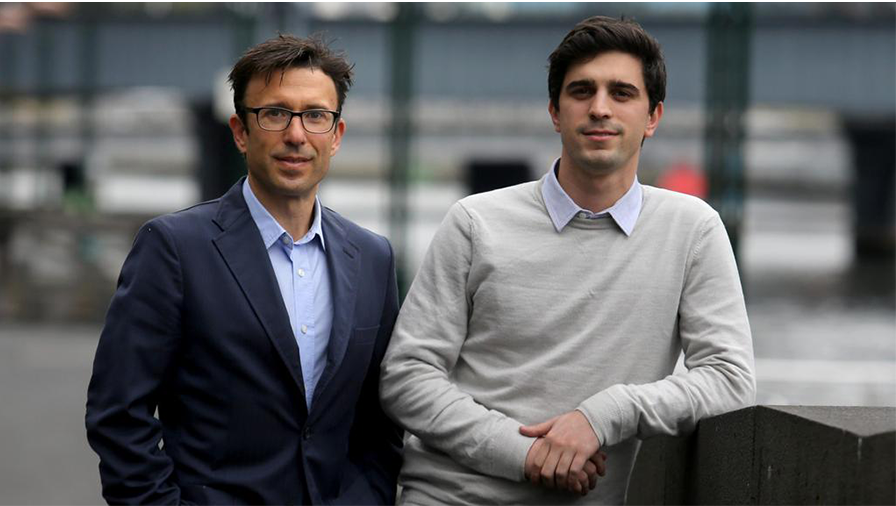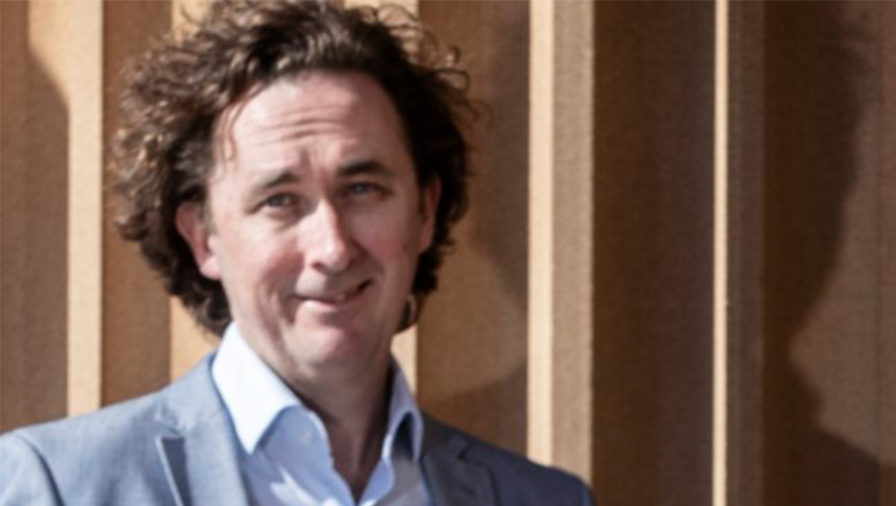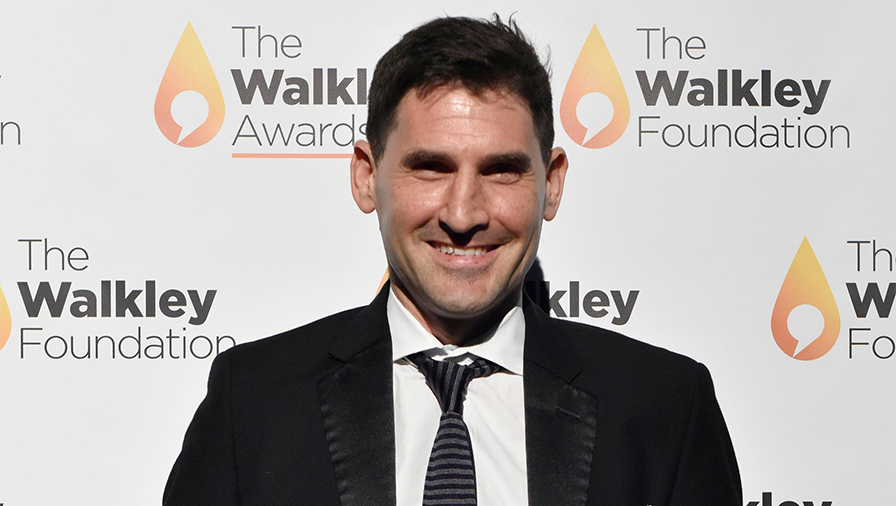Afterpay: The story of Australia’s biggest wealth machine
Book Review: Two financial journalists reveal how a payment company disrupted banking.
Book Review: Two financial journalists reveal how a payment company disrupted banking.
The biggest deal of the past week – and for Australians the biggest-ever – was the all-scrip deal by Twitter founder Jack Dorsey’s Square for buy now, pay later service Afterpay.
Since the announcement on Monday, Afterpay’s worth jumped to A$40 billion, as the shares of both companies surged.
In reported comments, Dorsey said the takeover arose from the six-week negotiation of a partnership between Square, his mobile phone payments company, and Afterpay, which broke the banking sector’s grip on consumer credit.
In a serendipitous coincidence, or possibly a well-planned publicity coup, the deal was announced the day before an embargo was lifted on Buy Now, Pay Later, a 380-page book on Afterpay by Australian Financial Review journalists Jonathan Shapiro and James Eyers.
Although not an authorised book, they had wide access to the people involved in the rapid rise of Afterpay over the seven years since it was first registered.
Dorsey said he was attracted to Afterpay because of its “authentic, thoughtful and visionary team focused on economic empowerment”. This was after the San Francisco-based Dorsey met co-founder Nick Molnar, 31, who had relocated to Silicon Valley as part of Afterpay’s expansion into the US market.

Molnar and his business partner, former GPG executive Anthony Eisen, 49, certainly earned Dorsey’s praise on the evidence of Shapiro and Eyers’ book.
The beginnings
The Afterpay story started with another coincidence. In 2010, Eisen was working late into the night at home in Sydney’s Bellevue Hill suburb during the global financial crisis. He noticed that across the road the lights were also on late every night. Early-morning deliveries raised suspicions that it might be a drug dealer at work.
One night, while putting out the rubbish, Eisen approached the neighbour – Molnar’s father, Ron, who was a jewellery retailer – who explained that his son Nick was running a jewellery business on eBay. In fact, through a tie-up with a US retailer, he was the site’s largest seller.
An impressed Eisen offered the 20-year-old Nick an internship at GPG, launching a brief career as an investment banker. The exposure to finance led the young Molnar to solve a key problem with his family’s online business – most of the customers, 20-something women, were averse to credit cards. The answer was an online payments service bundled with instalments.
The timing was right. Online commerce was starting to boom and traditional retailers had phased out credit and lay-by schemes on grounds of costs. Bank cards had high charges if payments weren’t made promptly, as were hire purchase providers for large-ticket items.

Molnar identified an opening for a no-interest scheme that also met a customer demand and retailers’ desire to boost sales at minimal cost. Millennial women jumped at the opportunity to buy fashion and other items they could use immediately, while paying off in four instalments inside a month, when the cycle could start again. The average transaction on Afterpay is still about A$150.
It was a win-win solution that solved an early problem with e-commerce – can you trust the seller? – and provided a money-back guarantee if the goods were returned within 30 days.

Growing pains
Eisen saw potential, as did his colleagues at GPG including Ron Brierley. While the latter’s arrest on child pornography possession in December 2019 was an embarrassment for the Afterpay juggernaut, Brierley contributed A$500,000 of the A$1.8 million that GPG investors put into the first fund-raising round in June 2015. The shares were listed on the ASX in March 2016 at $1, with Eisen and Molnar each holding 17.5%.
At 35%, the largest shareholder was Touchcorp, a software company that built Afterpay’s A$13m payments platform. Touchcorp was later absorbed by its younger sibling when its founder, Adrian Cleeve, died suddenly at 62.
This launched Afterpay’s roller-coaster ride as a public company. The AFR journalists note that Sydney’s cosmopolitan Jewish community was more accepting of raising capital through listed companies, in contrast to the privately held companies favoured in Melbourne.
Molnar attended Sydney’s Moriah War Memorial College, financed by philanthropists including Westfield founder Frank Lowy who, like many other immigrant Holocaust survivors, had built successful businesses from scratch.

Market perceptions
While Afterpay had built a cultish reputation among its users and investors, it was a different story when it came to market perceptions. Its skyrocketing share price, which took it to unicorn status ($1b) by October 2017, was viewed sceptically in many quarters, not the least being large stockbroking firms and institutional investors. Even Brierley wanted out after the escrow expired in the initial public offering.
Afterpay defied the short-sellers and continued to post higher revenues, while explaining its lack of profit was due to the costs of growth, as each transaction was profitable.
The issue: Was Afterpay a consumer finance company or a transactional platform like Amazon? Its success with customers, who could obtain short-term, interest-free debt to satisfy their need for instant gratification, was a red flag for consumer advocacy organisations as well as financial regulators.
Afterpay and its competitors were not covered by credit laws and financial regulators saw an opportunity to close what they considered a loophole. The political threats to the sector rose in tandem with a series of inquiries into dubious practices in the Australian banking sector.
None of this stopped Afterpay’s overall advance. In 2018, when global sharemarkets slumped badly in November, Afterpay was still the second-best performing Australian stock that year. A billion-dollar loss in value could be survived when it had peaked at A$4b in August.
The Covid year of 2020 was another nail-biter, as the shares plummeted during the early part of the pandemic but trebled by year’s end. Last week, they sold at A$127.85.
Most of that value rewards foreign investment funds rather than domestic ones, an irony not lost on those who will get an 18.5% collective shareholding in Dorsey’s Square.

Incidentally, Square rates only a single mention in the book and has no listing in the index. The authors, in their conclusion, make no hint of such an ending: “Afterpay has come to embody an era of capitalism when new ideas were given more time and more money than ever before to reshape industries and the rules that govern them.”
While the next stage of the Afterpay story is yet to be written, it has already created untold wealth without the need for profit. Eisen and Molnar are still billionaires (on paper) several times over despite their shareholdings having shrunk to less than 7% each.
They are being retained by Square to integrate Afterpay into Square’s existing businesses, a move the company says will, “enable even the smallest of merchants to offer BNPL at checkout”.
As the BNPL sector was still less than 2% of global e-commerce payments in 2020, and estimated to be double that this year, faithful shareholders are likely to be well rewarded for some time to come.
Buy Now, Pay Later: The extraordinary story of Afterpay, by Jonathan Shapiro and James Eyers (Allen & Unwin).
Nevil Gibson is a former editor at large for NBR. He has contributed film and book reviews to various publications.
This is supplied content and not paid for by NBR.
Sign up to get the latest stories and insights delivered to your inbox – free, every day.